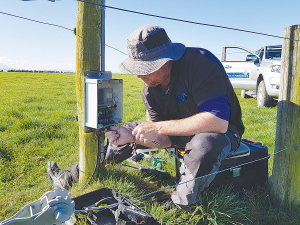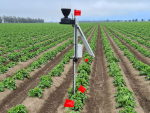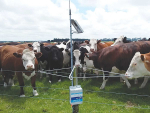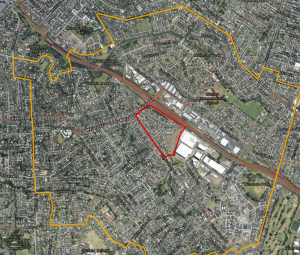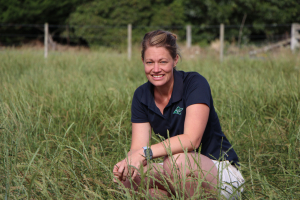Growing more with less water: these buzzwords get attention from people as the right, responsible, way to proceed with water use.
So, let’s look at why and where we can go with this.
Globally there is 1500 million ha of arable land. There isn’t much ability to expand the area so growing the expanding population’s food requirement is about growing more on that space. Around 20 % of that land is irrigated.
Irrigation on that land accounts for around 80% of extracted water use. In most countries there is increasing pressure to limit water extraction. You can see the logic that we have to do better with the available water to grow the required food amount.
In New Zealand we are naturally blessed with seemingly a large quantity of clean water compared to a lot of countries where supply and cleanliness are extremely limiting. Some of those countries have got extremely innovative in their approach to water use and basically turned barren land into highly productive areas. The technologies to do this are well proven.
Historically in New Zealand, consent allocations tended to be on the high side with a production focus the leading driver. As these consents expire and a concern for the environment comes to the fore, there is much more focus on efficiency.
As such, farmers are going to have to be able to prove why they need their allocation. Crops and pastures all have a requirement for water. More specifically they need a certain amount at a certain time. You achieve much higher quality and yields when this is done correctly.
When we take a closer look at what goes on at present, in trying to meet these requirements, we often see a mismatch in that there is enough water but the machinery to put the water on is not efficient. Border dyke, roto rainers, and guns generally dump way too much water at once and often have long return times.
The chance of meeting the crops requirement in a dry year is low with this equipment. Pivots and linears are a step forward but if we throw water up in the air in the heat, a percentage of that water doesn’t do anything, so while they are a step forward, they have limits. Supplies to pivots are often not available all the time, making you irrigate windows that don’t match the crops requirement.
We also see the pivot dumping large amounts of water in a short 15-minute period. This often has a much lower impact on the soil moisture than the equivalent amount of rain. In countries where ‘every drop counts’, they tend to slowly drop water consistently which properly wets the soil.
Even with our existing equipment we can do better. To plan water use properly, you need data. This includes climate actuals and predictions, soil moisture status and water availability. When you have these records, you can plan forward to ensure you match crop requirements with supply. You can bring in satellite data. Few farmers do this well but the ones that do see real value and we see a dramatic change in their irrigation management.
Watermetrics is there to assist farmers not only in irrigation planning and management, but deal with other important issues like levels, and water cleanliness, which are very important on farm issues.
We have witnessed a lot of data in different farming situations and we would like to share that knowledge. We use a keep it simple approach and display that makes it easy to make better use of water.
Richard Campion is sales development and business manager at Watermetrics.





